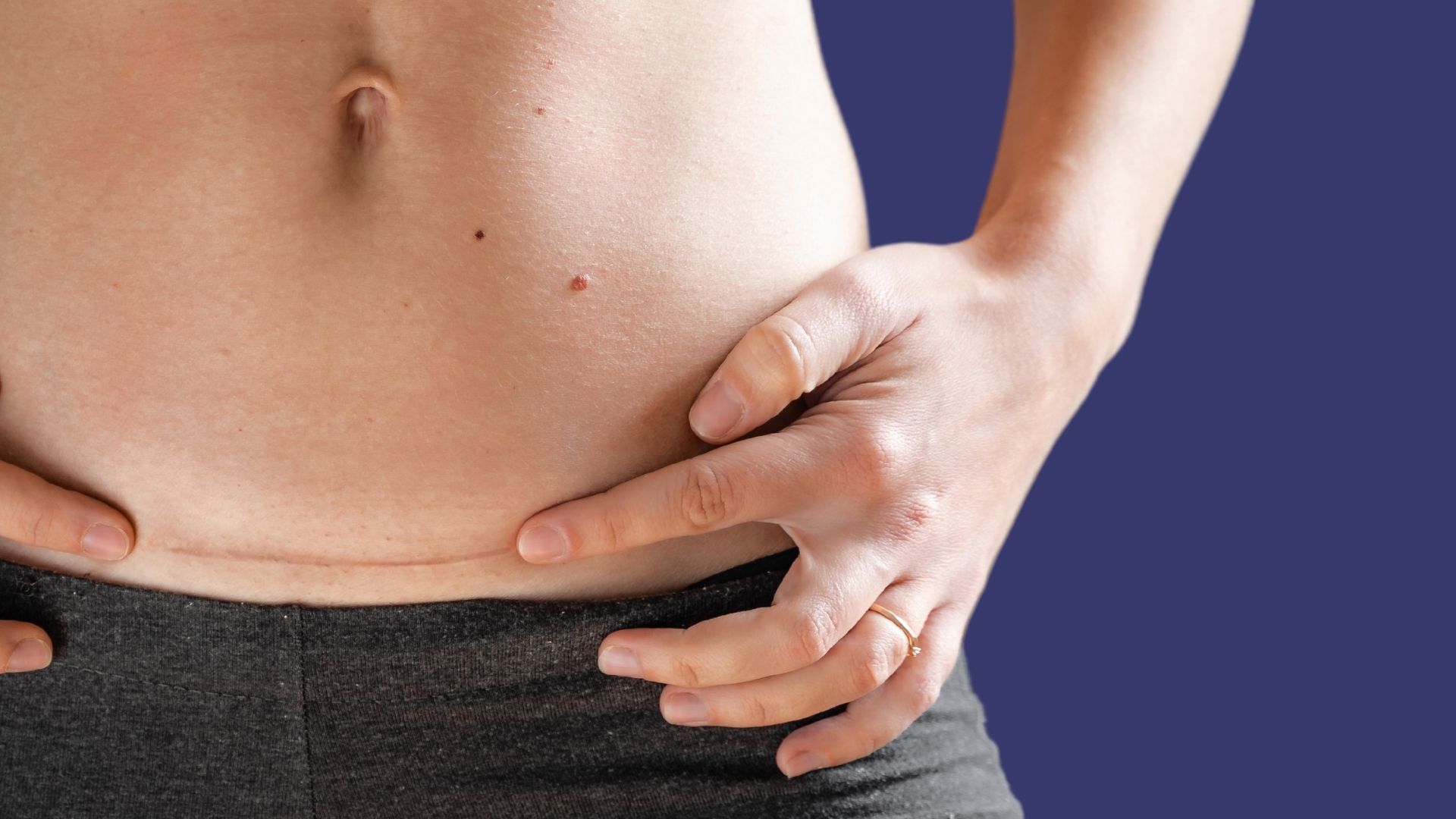Undergoing a hysterectomy is a significant step in reclaiming health, often necessary for treating conditions that affect a woman’s quality of life, like severe endometriosis or certain cancers.
Post-surgery, the body needs time to heal before you start thinking about exercises. Yet, rebuilding pelvic strength is crucial for long term health, stability and comfort. Kegels when timed and done correct can be helpful in your post-surgical journey.
In this guide, we will take you on how Kegels can help in hysterectomy and when to start this exercise after a hysterectomy.
Meaning Of Hysterectomy
A hysterectomy is a surgical procedure in which the uterus is removed to treat certain health conditions.
Recommended: Can Kegels Help With Hemorrhoids?
The surgery can alleviate painful symptoms, and improve a woman’s quality of life but it also means a shift in pelvic support that requires careful post-surgical healing. Because it is a major surgery, patients may feel tired or uncomfortable as they heal, and the body needs time to adapt.

Types Of Hysterectomy
The types of hysterectomy performed can Impact on how quickly a patient can safely start kegel exercises.
The main types of hysterectomy include:
Total Hysterectomy
This procedure removes the uterus and cervix. The recovery process is moderate, with most patient requiring several weeks to months of healing before resuming physical activity.
Partial Or Subtotal Hysterectomy
Only the uterus is removed, leaving the cervix intact. This type might allow for a slightly faster recovery, but caution is still advised before beginning any exercises.
Radical Hysterectomy
This procedure is the most extensive as it involves removing the uterus, cervix, part of the vagina, and sometimes lymph nodes, often performed to treat cancer. This procedure requires a longer, more cautious approach to recovery.
Recommended: Can You Do Kegels On Your Period?
How Hysterectomy Affects The pelvic Floor
A hysterectomy alters the structure and support of the pelvic floor by removing the uterus, which plays a key role in stabilizing surrounding organs. This can lead to weakened pelvic muscles and reduced stability, potentially causing issues like incontinence or discomfort. Without the uterus, the pelvic floor must adjust to changes in pressure and support, making recovery exercises, such as Kegels, essential for rebuilding strength and function.
How Kegels Helps With Hysterectomy Healing
Kegel exercises can play a vital role in restoring pelvic health post-hysterectomy. They specifically target the muscles that support the bladder, rectum, and vagina, which can weaken after surgery due to changes in structure and function. By improving blood flow to the pelvic area, kegels promote healing and reduce inflammation, which can help ease discomfort and aid faster recovery. These exercises also restore bladder control and pelvic stability, making daily movements more comfortable. Regular kegel practice not only supports physical health but also helps patients regain confidence and connection to their bodies after surgery.
When To Start Kegel Exercises After Hysterectomy
Starting kegels at the right time is crucial for a successful recovery. Most doctors recommend waiting 6-8 weeks after hysterectomy, as this period allows the body’s tissues to heal without the risk of strain. Rushing into pelvic exercises can cause pain or disrupt the healing process. Once a doctor clears you, it is wise to start slowly, using gentle contractions and focusing on form rather than intensity. Every woman’s healing journey is unique, so listen to your body and adjust your pace if you feel discomfort. Remember, the benefits of kegels are cumulative, so consistency over time is essential.

Benefits Of Kegels After a Hysterectomy
Kegels provides numerous benefits that extends beyond the immediate post-surgery period. Below is how they help:
Improved Bladder Control
Since hysterectomy can sometimes lead to bladder control issues, kegels strengthen the muscles surrounding the bladder, reducing the risk of incontinence and helping restore normal function.
Enhanced Pelvic Stability
Kegels fortify the pelvic floor, which supports organs affected by the removal of the uterus. This stability helps prevent issues like pelvic organ prolapse and improves core strength, leading to a better overall quality of life.
Boosted Sexual Health
For many, hysterectomy can affect sexual sensation. Kegels improve muscle tone, which can positively impact sexual function and satisfaction, restoring comfort and confidence.
Recommended: Can Kegels Cause Bleeding?
Enhanced Healing
By promoting blood flow, kegels bring oxygen-rich blood to the tissues, accelerating the healing process and reducing inflammation. This boost to healing can help alleviate lingering discomfort in the weeks and months following surgery.
Guidelines For Doing Kegels After a Hysterectomy
For optimal results, it is essential to follow a few key guidelines when introducing kegels to your body post-hysterectomy. Some of these guidelines includes:
Start Slow And Build Gradually
In the beginning, aim for brief holds of 3-5 seconds, focusing on gentle contractions. Gradually increase the duration and number of sets as your strength improves.
Practice Relaxed Breathing
Avoid holding your breath, as this can create unnecessary tension. Breathing deeply and naturally helps you engage your pelvic floor muscles without strain.
Focus On Consistency
Daily practice is more beneficial than sporadic intensity. Begin with one session per day, working up to two or three sets as your body adapts.

Use The Right Muscles
Target only your pelvic floor muscles. Avoid squeezing the glutes, thighs, or abdomen, as doing so diverts attention from the pelvic floor and diminishes the exercise’s effectiveness.
Recommended: Creighton Method of Natural Family Planning
Listen To Your Body
If you feel any pain or discomfort, take a break. If the pain seem persistent, consult your doctor. Kegels should feel gentle, not painful or strenuous.
Disadvantages of Doing Kegels Immediately After a Hysterectomy
While kegels offer great benefits, doing them too soon after surgery can have downsides. Below are few reasons why early exercise can be risky:
Pain And Discomfort
Exercising the pelvic floor before it is ready can lead to increased pain, which may hinder recovery and make post-surgical discomfort worse.
Prolonged Recovery
Straining the pelvic muscles too soon can delay healing, increasing the time it takes for tissues to properly recover.
Injury Risk
Since the pelvic floor is sensitive after surgery, excessive exercise can result in tears or muscle strain, making recovery more challenging and uncomfortable.
Conclusion
Kegel exercises after a hysterectomy can be a valuable tool for restoring strength, stability, and comfort. However, patience is essential. By waiting until your body is ready, you can maximize the benefits of kegels while minimizing the risks. Follow a gradual approach, listen to your body, and prioritize a recovery that supports your long term health. With each step, you are building a foundation for improved pelvic health and overall well-being, reclaiming strength one day at a time.
